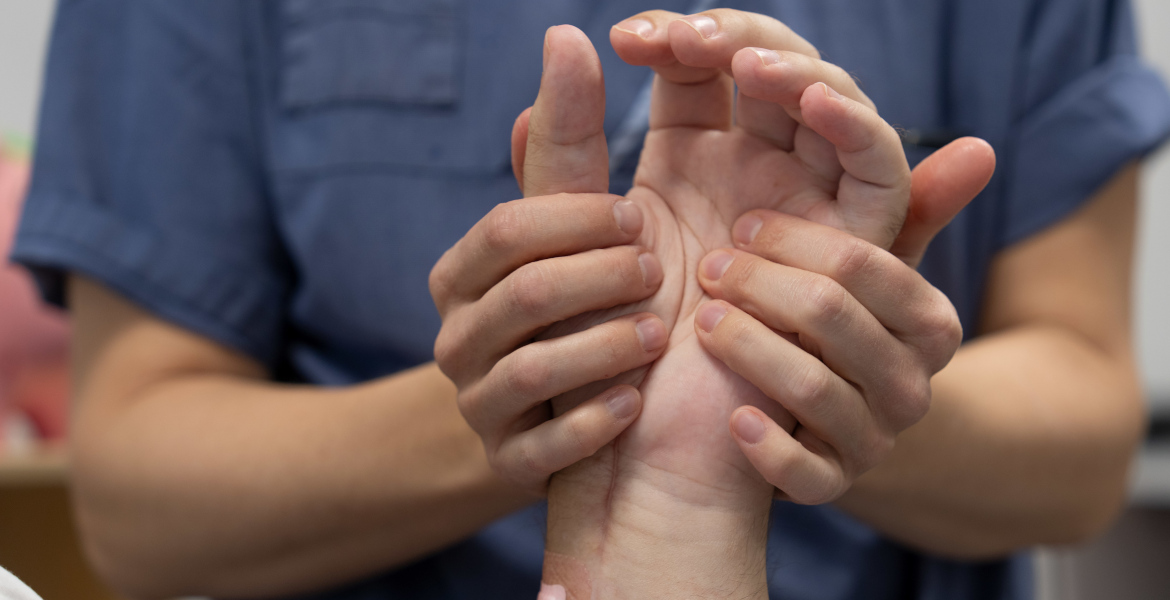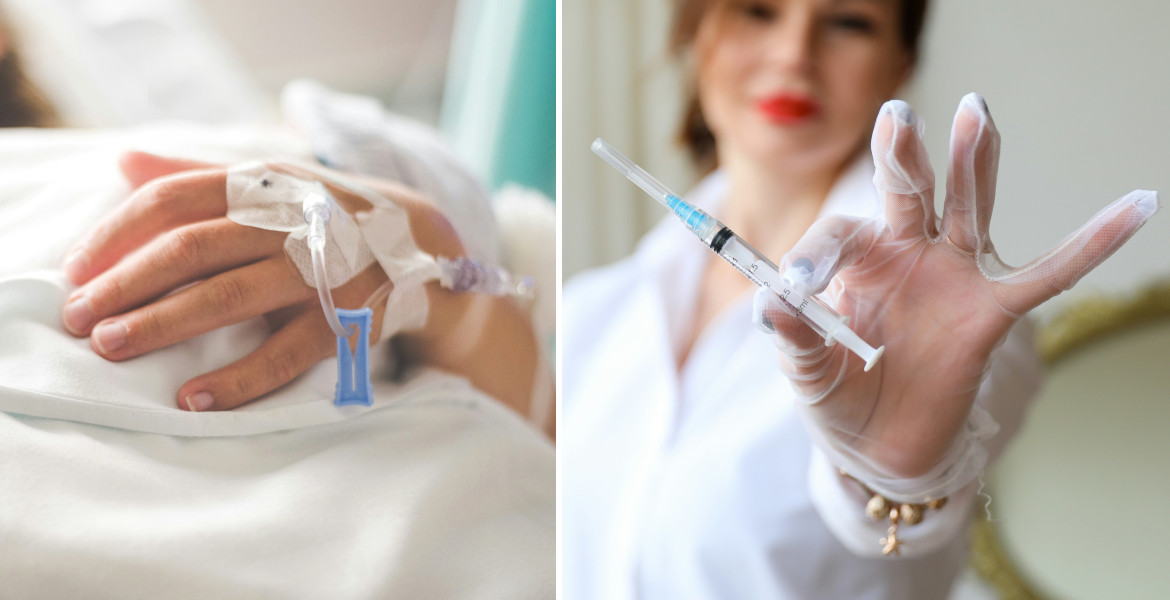Danish psychologists and experts warn that extremely violent videos on social media are creating a generation that is more vulnerable and less emotional. Among other things, they call it a "total neglect" of children and argue that social media should be banned for children under 13.
On social media sites such as TikTok and Instagram, content involving violence, sexual abuse, suicide and the like can often appear in the more innocent algorithm. Danish experts believe that this violent content affects the brain in the same way as seeing violence in the real world, which in turn activates the brain's fear center. Psychologist David Madsen, who works with young people and digital education, paints a worrying picture of children's exposure to violent content.
– They are at risk of being exposed to cat videos spiced with suicide and violent pornography. We as a society should not accept this, he told Danish state broadcaster DR:
– I don't think children should have smartphones and access to social media. Ban the platforms until the industry has sorted out its algorithms.
He argues that one of the consequences of activating the fear center in the brain is that it makes it harder to concentrate and increases the risk of anxiety and depression. It also increases the risk of becoming less sensitive to violence that occurs in the real world, according to neuroscientist Kristoffer Hougaard Madsen. And that if children are repeatedly exposed to violent content, there is a risk that they will not react appropriately in a truly violent situation.
– There is a risk that we are creating a generation of young people who are increasingly emotionless, he says.
"Groomers in kindergarten"
Psychologist Morten Fenger agrees, arguing that it is unhealthy for the nervous system and that children "get used to living in an abuse zone," and says he finds it hard to understand why children are allowed to experience such violence.
– If a family experienced murder, violence, abuse and dick pics in their physical neighborhood, they would move away. Similarly, parents should protect their children from media where they are exposed to videos with the same violent or transgressive content, he said:
– The Internet should be banned in kindergarten. In principle, you have given access to a network of groomers in kindergarten.
Both the neuropsychologist and the two psychologists agree that society is on the way to creating a generation with a completely different emotional life. Madsen says that today's teenagers are already "deeply scarred for life" and that "we will pay a high price for this".
– We adults have not listened, and we have allowed a digital culture that is in no way child-friendly. It represents a total neglect of our children, he says.





